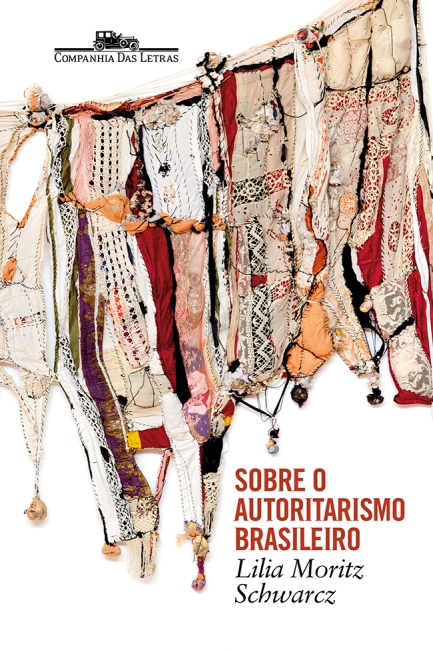


The curators of this nucleus have proposed that six of these photographs by João Zinclar, André Vilaron, and Edgar Kanaykõ be reprinted and distributed free to the public.

The idea is to reconstruct this traditional History, revisit it, and make room for contestations and compensations.Īfter facing protests from artists and the public for having vetoed an exhibition of photographs of the Landless Workers Movement (MST), the museum reversed its decision and the photos are now on display in the exhibition, in the Resumptions nucleus. The History presented by the museum is not the one found in official books, but the one with a broader and more open sense. The purpose of the exhibition is not to present the works in the context of Art History, but to give them a social and political perspective, addressing the intimate, the private, habits, and daily life.īrazilian Histories is part of the museum's project to present exhibitions dedicated to History, which included Histories of Childhood (2016), Histories of Sexuality (2017), Afro-Atlantic Histories (2018), Women's Histories, Feminist Histories (2019), and Histories of dance (2020). 380 works by 250 artists and collective exhibitors are displayed on two floors of the museum, 24 of which for the first time - Rovena Rosa/Agência Brasil


 0 kommentar(er)
0 kommentar(er)
